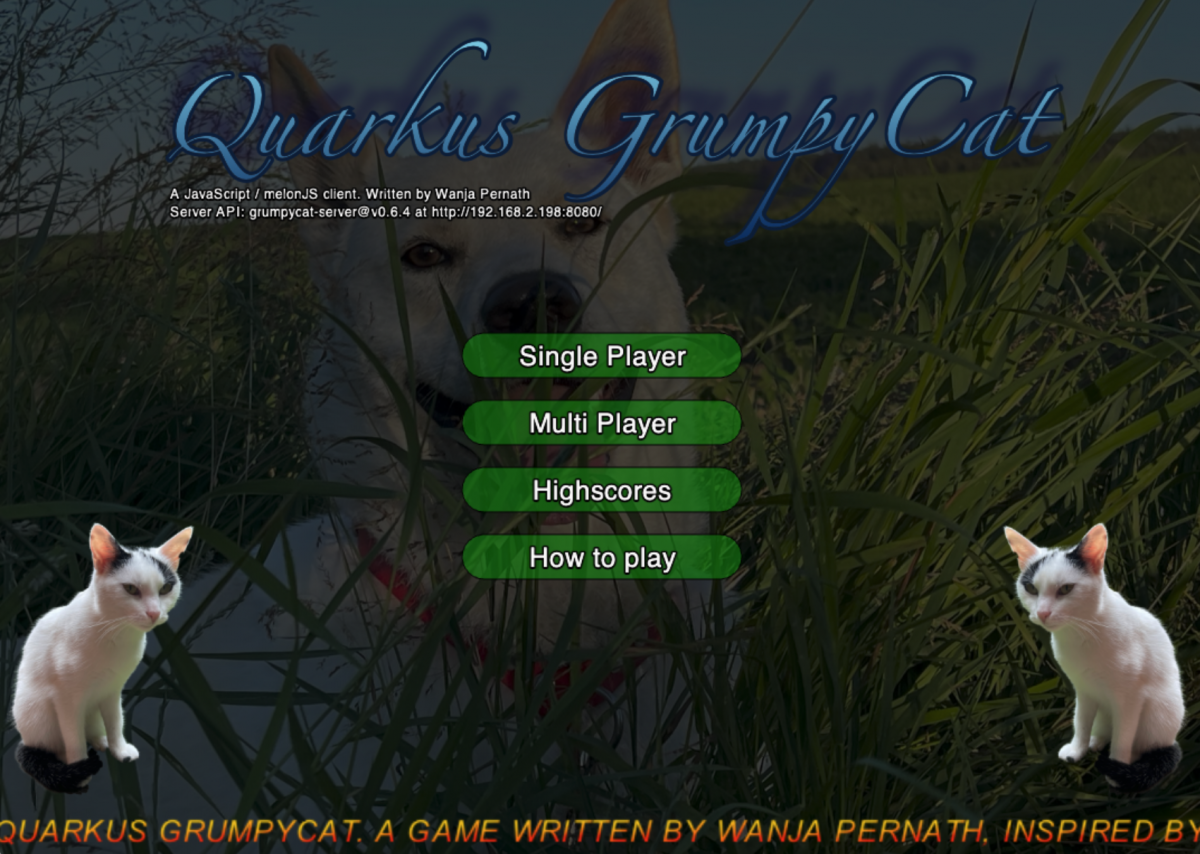Node Base Images are OCI container images that are used to deliver software updates and customizations to rpm-ostree based Linux systems running on bare metal and virtual machines, such as Fedora CoreOS, Fedora IoT, Fedora Silverblue, CentOS Stream CoreOS, RHEL CoreOS, and RHEL for Edge. Node Base Images are built with OSTree Native Containers. While application […]










